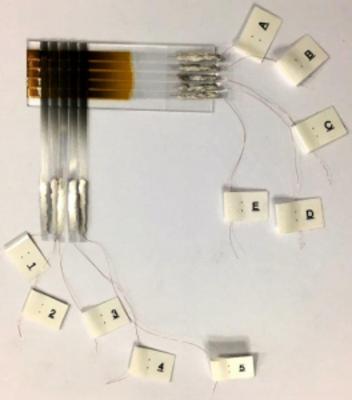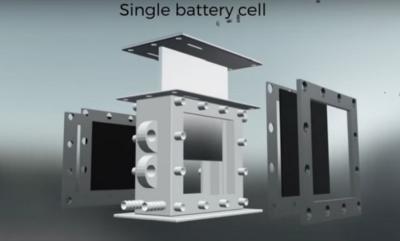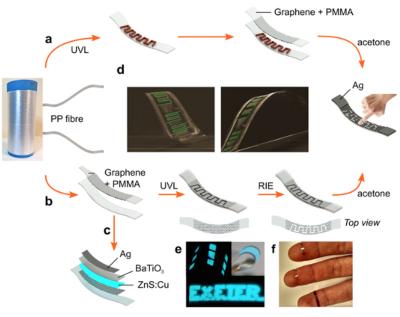A novel graphene sensor enables highly sensitive health monitoring
Researchers from the University of Strasbourg & CNRS (France), in collaboration with Adam Mickiewicz University in PoznaÅ (Poland) and the University of Florence (Italy), have developed a new generation of pressure sensors based on graphene and molecular springs. The researchers say that thanks to their highest sensitivity, these devices are ideally suited for health monitoring and point-of-care testing.

The team reports that many electroactive materials have been employed for this purpose. Among these, graphene has been the most studied because of its excellent electrical conductivity, exceptional mechanical properties and large surface area. The researchers rely envision applications of graphene-based sensors in the form of tattoos.






